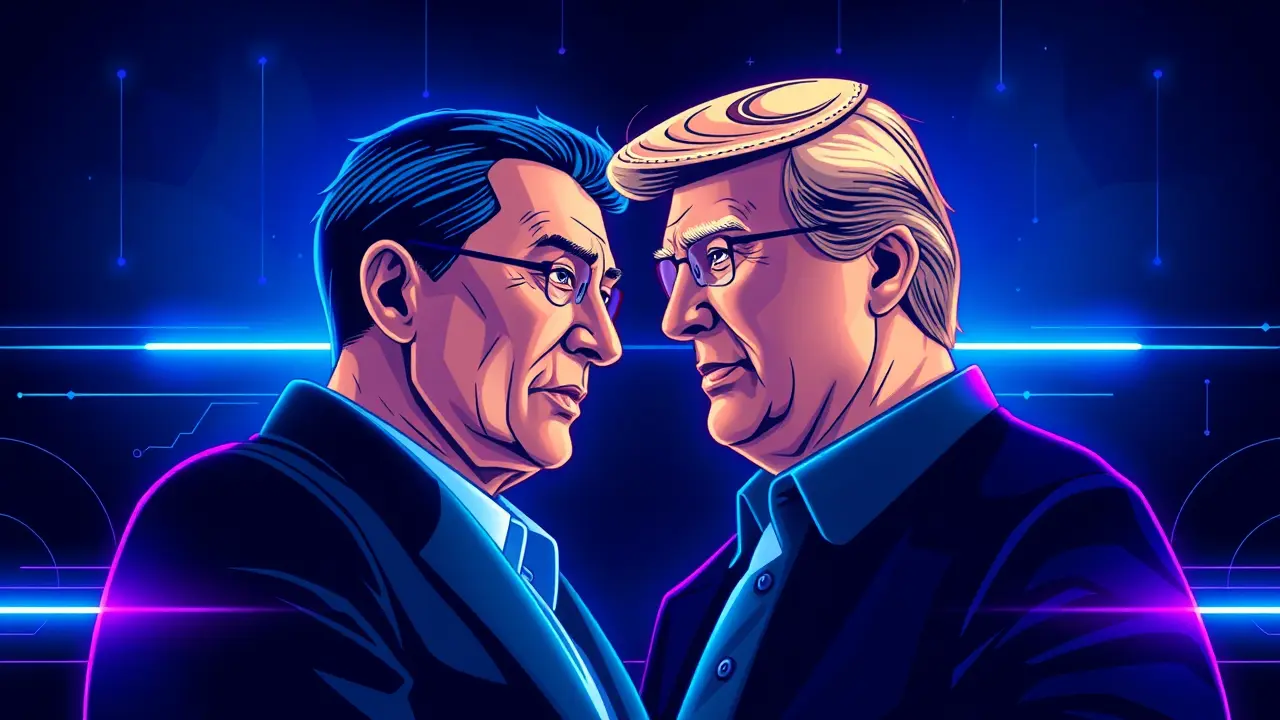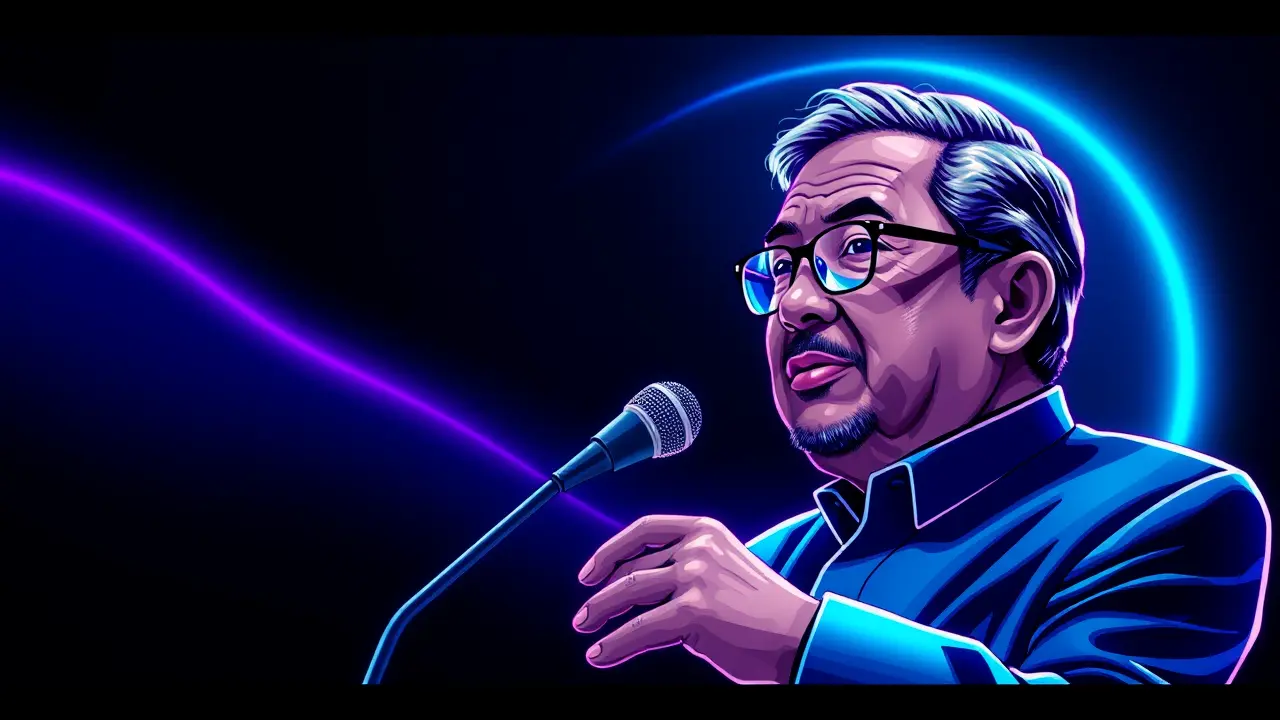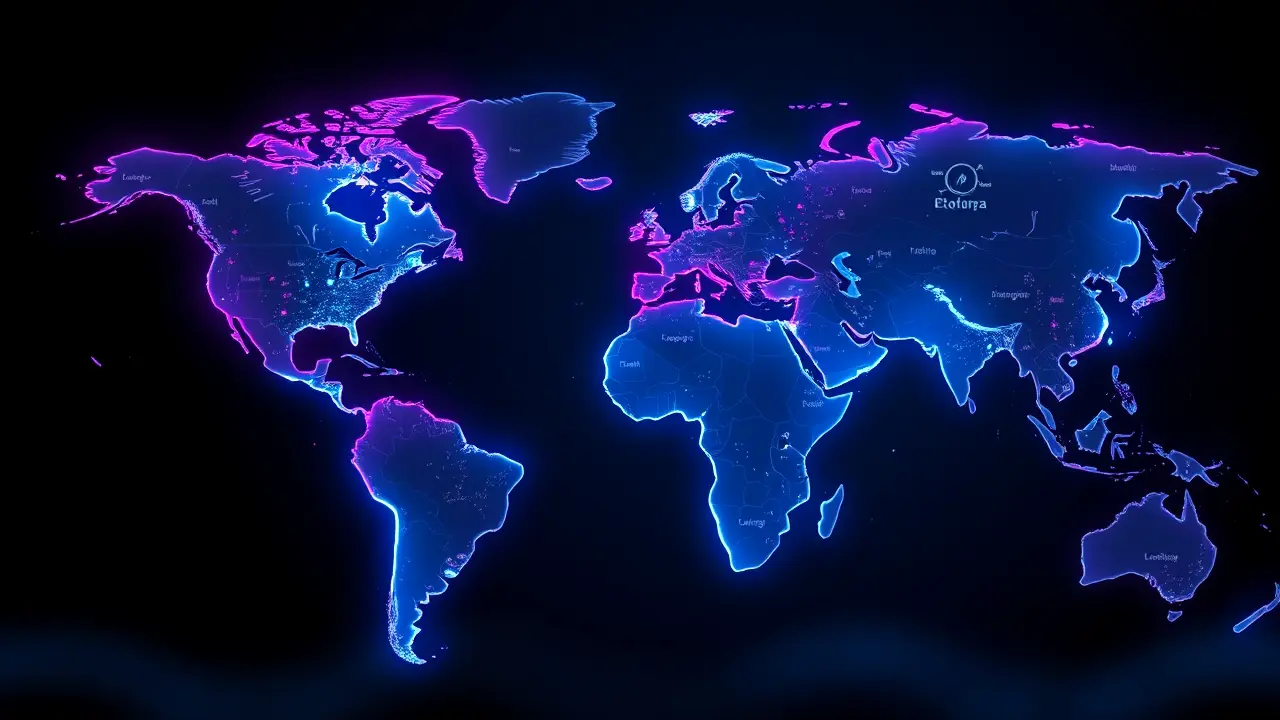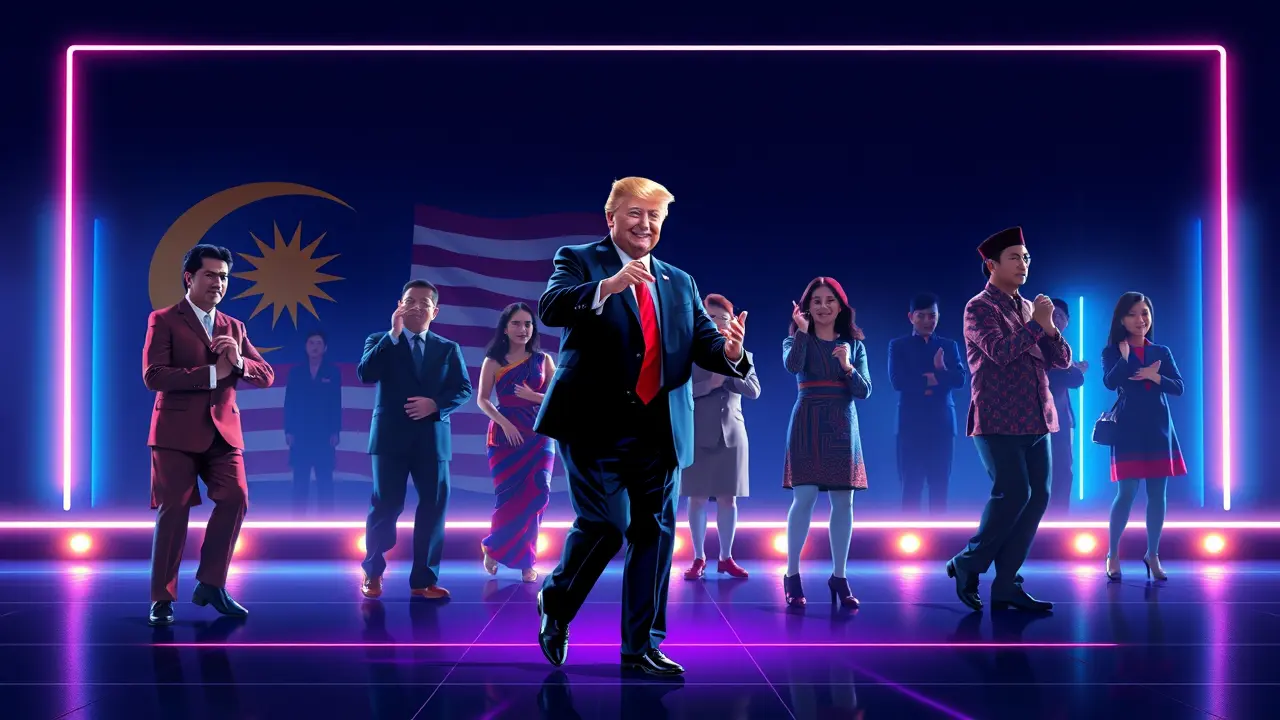
PoliticsdiplomacyBilateral Relations
Navigating the Path to Improved US-India Relations
RO
Robert Hayes
5 hours ago7 min read7 comments
The year 2025 commenced with a palpable sense of strategic promise for the United States and India, a partnership seemingly cemented during Prime Minister Narendra Modi's visit to Washington. That diplomatic engagement was more than mere pageantry; it reinforced a mutual, declared intent to sustain the hard-won momentum of a relationship that had become a cornerstone of Indo-Pacific stability.The personal rapport between Modi and US President Donald Trump, forged during the latter's first term, appeared to offer a reservoir of political capital, a rare bipartisan asset in an otherwise fractured American political landscape. Indeed, India entered this pivotal year buoyed by a remarkable consensus in Washington that positioned New Delhi as absolutely central to the regional balance of power, a necessary counterweight to an increasingly assertive China.This was not a fleeting alignment but a calculated, long-term strategic bet, reminiscent in its geopolitical significance of the alliances that defined the latter half of the 20th century. Yet, as the year draws to a close, that early optimism has markedly faded, giving way to a more complex and sobering reality.The initial momentum has been stymied by a series of unresolved trade disputes, lingering disagreements over India's historical military procurement from Russia, and the inherent frictions of aligning two vastly different democratic systems. The personal chemistry between leaders, while valuable, has proven insufficient to navigate the intricate web of bureaucratic inertia and competing national interests.One is reminded of Churchill's observation that 'however beautiful the strategy, you should occasionally look at the results. ' The results, thus far, are a partnership in a state of strategic drift.The lofty ambitions articulated in joint statements have collided with the gritty realities of implementation, from technology transfer protocols to coordinated naval patrols. Analysts point to a growing gap between rhetorical commitment and tangible outcomes, a dangerous precedent that could embolden adversaries who perceive any divergence as a weakness to be exploited.The consequences of this faltering partnership extend far beyond bilateral irritants; they directly impact the security architecture of the entire Indo-Pacific. A weakened US-India axis creates strategic ambiguity, potentially encouraging Chinese adventurism in the South China Sea and along the Himalayan border.The path forward requires not just summits and handshakes, but a relentless, granular focus on delivering a few key, visible successes—perhaps in the realm of co-development of defense technology or a streamlined digital trade agreement—to rebuild trust and demonstrate that the alliance can, in fact, translate high-level intent into concrete strategic gains. The world is watching, and history seldom rewards hesitation.
#editorial picks news
#US-India relations
#diplomacy
#foreign policy
#Narendra Modi
#Donald Trump
#Indo-Pacific
#partnership
Stay Informed. Act Smarter.
Get weekly highlights, major headlines, and expert insights — then put your knowledge to work in our live prediction markets.
Related News
Comments
Loading comments...
© 2025 Outpoll Service LTD. All rights reserved.














